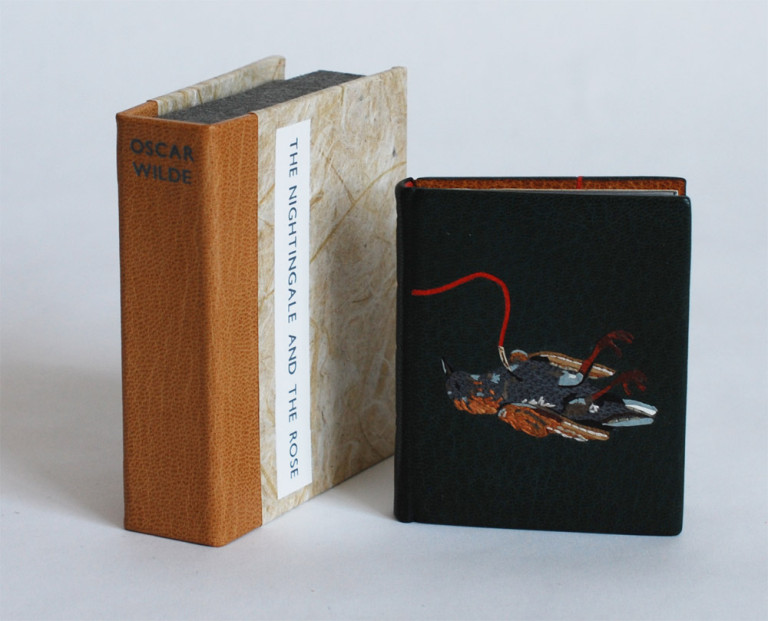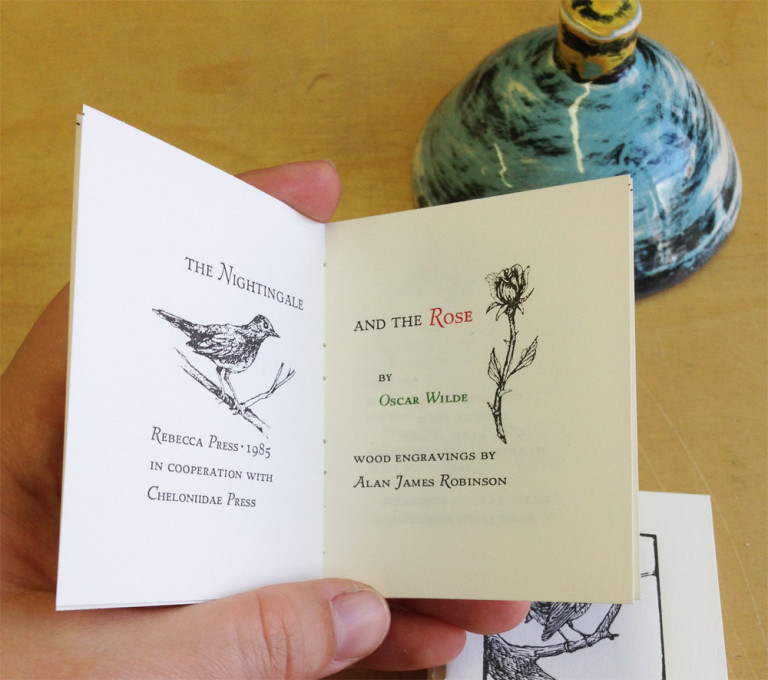
In this sense, he actually tried to create a primitive pattern in story writing. Many of his stories were deliberately written in an old-fashioned format that gave them mythical colors just to translate the reader's point of view into deeper meanings hidden in the story. Wilde had vast knowledge not only in modern literature and philosophy, but also in ancient times, and was a multifaceted viewer who could observe and describe the deep strata of life. Oscar Wilde was a true writer: his prose was as clever and prosperous and rhythmic as his poetry, and his story was as dramatic as his plays. It can be applied to 'The Nightingale and the Rose,' which turns out to be quite different from what could have been judged at first sight. In fact, it's a rather long song of love. Likewise, 'Salome' is not a historical, mythological or religious tragedy. His most famous work “The Importance as Ernst” is actually about the importance of having enough tolerance to respond to important changes in life.

In other words, something that seems to be a social and somehow domestic play, or in this case ordinary romance turns into a multilayered rhetorical finance. All of these are just saying complicated and controversial things. In order to explore the realm of sophisticated complications that Oscar Wilde designs and builds in the form of drama, poetry and short stories, all his writings have one characteristic and common characteristic. The Nightingale and the Rose was originally published among the narratives in Wilde’s first volume of fairy tales, The Happy Prince and Other Tales in 1888.

Not only were his short stories popular he was also one of the most creative playwrights. He was born to an upper-middle-class family and graduated from the Trinity College in Dublin where he studied Classics.
Oscar Wilde was a famous Irish writer and poet.


 0 kommentar(er)
0 kommentar(er)
